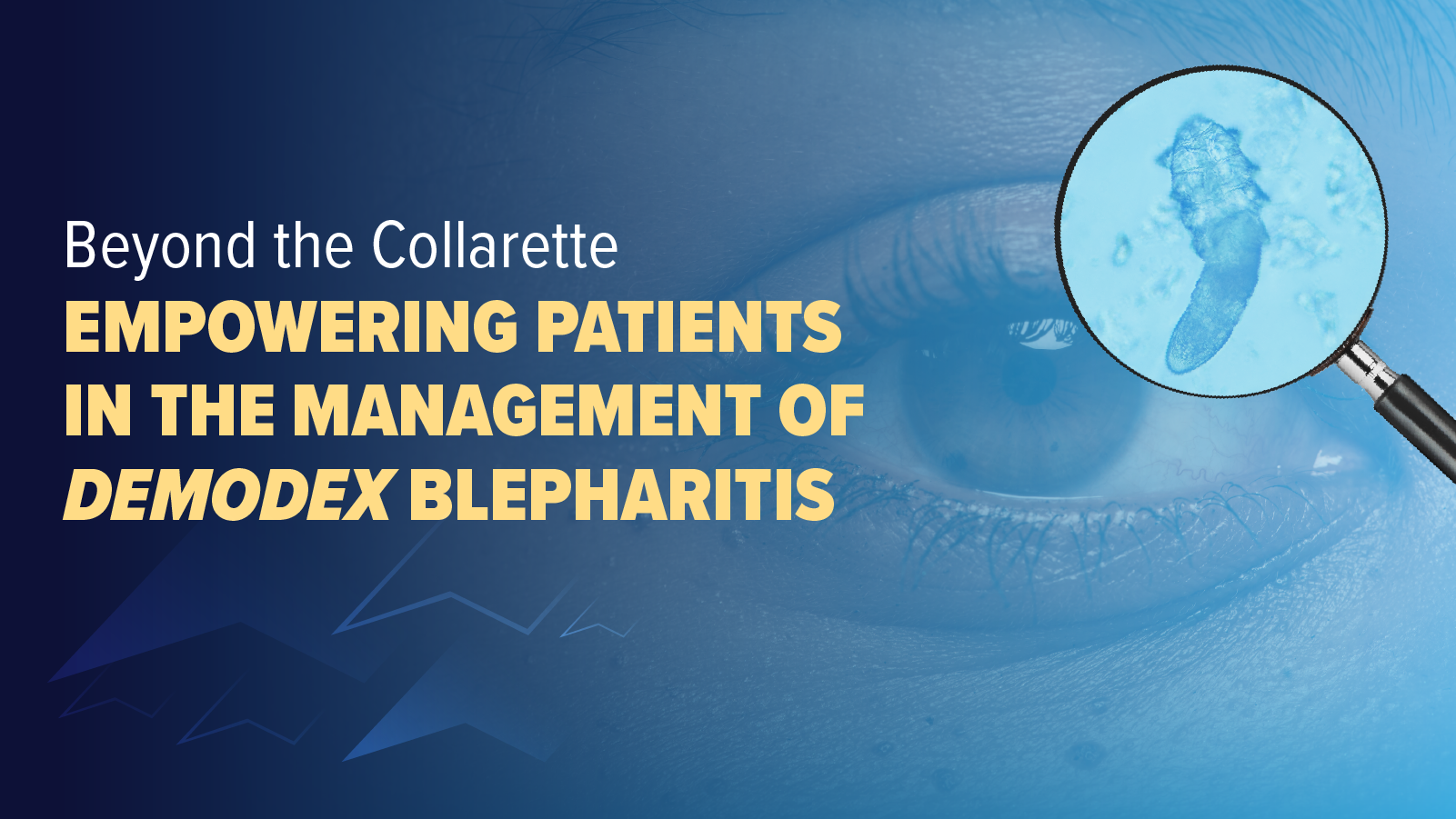
Recognizing Atopic Dermatitis in Practice and Differentiating from Other Skin Conditions
A panelist discusses how a fresh approach to atopic dermatitis management in primary care emphasizes early recognition, appropriate use of new topical therapies, and collaboration with dermatologists to address the disease’s diverse presentations and chronic course.
Episodes in this series

This presentation introduces a fresh approach to diagnosing and managing atopic dermatitis (AD) in primary care settings, emphasizing early recognition and topical treatment strategies. The speaker highlights that most cases seen in primary care fall within the mild to moderate range, and with recent innovations in topical therapies, providers now have more effective tools to manage AD. A key goal is also to enhance collaboration between dermatologists and primary care providers to optimize patient care.
The speaker explains that atopic dermatitis is a heterogeneous disease with a wide range of presentations, making diagnosis challenging even for experts. Typical features include ill-defined borders, erythema, scaling, excoriations, and leathery, thickened skin. While flexural areas are commonly affected, non-White patients often present with extensor involvement, which can complicate diagnosis. Importantly, AD can persist into adulthood or begin in adulthood, contradicting the outdated view that it’s solely a childhood condition. The disease often follows a waxing and waning course, and understanding this chronic nature is essential for effective long-term management.
Differential diagnosis is critical, as several skin conditions can mimic AD morphologically. Conditions such as psoriasis, contact dermatitis, tinea corporis, seborrheic dermatitis, pityriasis rosea, and even scabies can appear similar. Accurate diagnosis often depends on a combination of clinical presentation, lesion distribution, and patient history. The presentation stresses the importance of being comfortable with diagnostic uncertainty and seeking specialist input when necessary, especially in atypical or persistent cases.
Newsletter
Enhance your clinical practice with the Patient Care newsletter, offering the latest evidence-based guidelines, diagnostic insights, and treatment strategies for primary care physicians.















































































































































































































































































